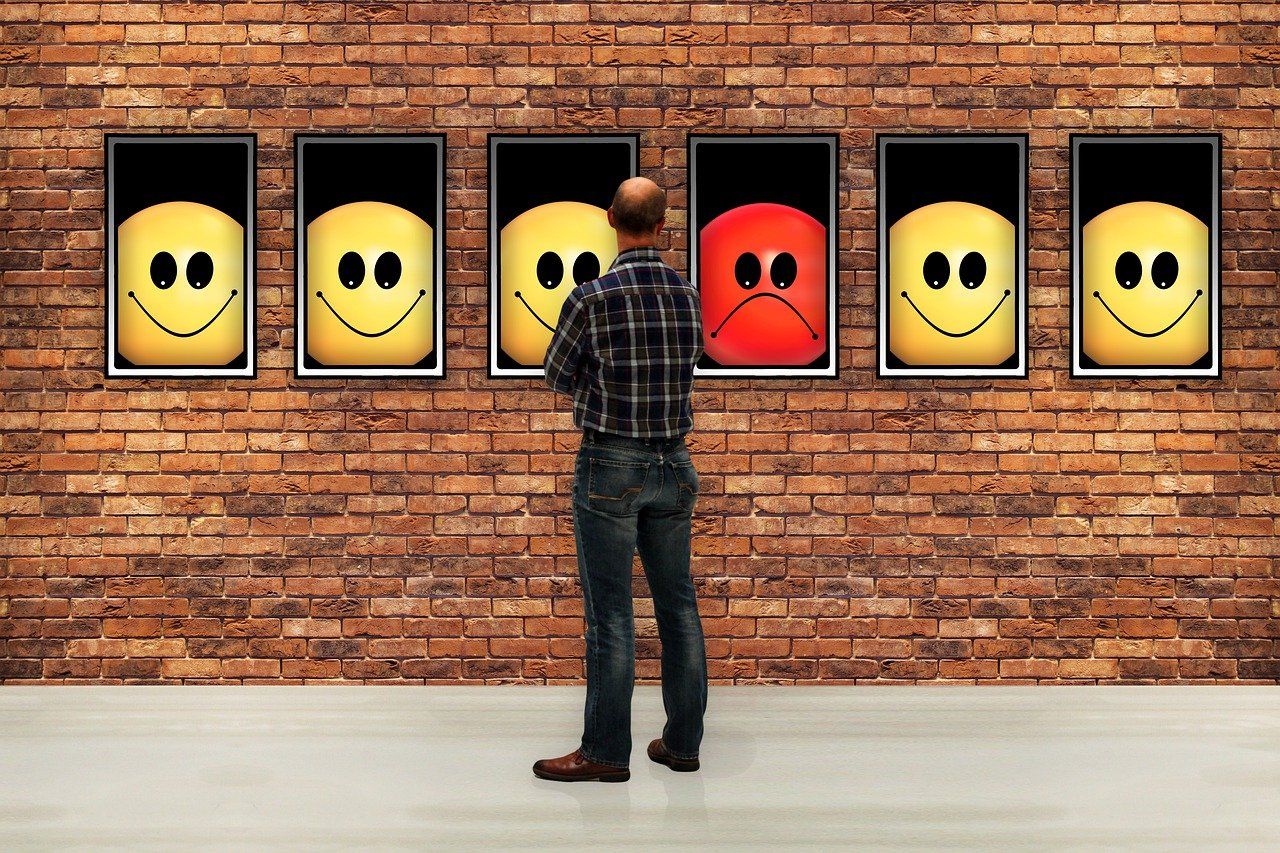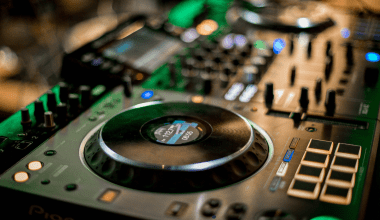Getting your music onto streaming platforms is a significant step for any artist, but it can be fraught with challenges, including the occasional rejection of song audio. Understanding why song audio gets rejected by streaming platforms like Spotify, Apple Music, and others is crucial to navigating the music distribution landscape effectively. This article delves into the common reasons for such rejections and provides actionable advice on how to improve the chances of your tracks being accepted.
Common Reasons for Song Audio Rejection
Poor Audio Quality
Definition and Impact: Audio quality is paramount. Tracks with low-quality audio, such as those containing distortion, excessive noise, or low bitrate, can detract from the listener’s experience, leading platforms to reject them. High fidelity in recordings is a minimum standard expected to maintain the platform’s reputation for quality.
Copyright Issues
Legal Constraints: One of the most common reasons for song rejection is copyright infringement. If a song contains uncleared samples or parts that closely mimic another artist’s work without permission, it will likely be rejected. Platforms are particularly vigilant about this to avoid legal disputes.
Incorrect Metadata
The Role of Metadata: Metadata errors such as incorrect song titles, artist names, or mismatched genres can lead to rejection. Accurate metadata ensures that songs are searchable and correctly categorized on platforms, enhancing discoverability and user experience.
Inappropriate Content
Content Guidelines: Streaming services have strict guidelines regarding content. Songs that contain hate speech, excessive profanity, or other offensive material are often rejected. Each platform has its own standards and guidelines that artists must adhere to.
Technical Standards for Streaming Platforms
Audio File Specifications
Streaming platforms generally require specific audio file formats and standards. For example, most platforms prefer:
- WAV or FLAC files for lossless quality
- 44.1 kHz sample rate
- 16 or 24-bit depth
Loudness Normalization
Platforms like Spotify use loudness normalization to ensure a consistent listening experience. Tracks that do not meet the Integrated Loudness standards (typically around -14 LUFS) may be turned down, affecting their perceived energy and dynamics.
How to Avoid Song Audio Rejection
Mastering Your Tracks Properly
Ensure your music is professionally mastered, adhering to the technical specifications required by each platform. This not only enhances audio quality but also aligns loudness levels with industry standards.
Clearing Copyrights and Samples
Before distribution, confirm that all samples used in your tracks are cleared, or use royalty-free samples. Also, ensure you have the rights to all the music you submit.
Double-Checking Metadata
Accurately fill out all metadata fields when submitting your music. Tools like DDEX (Digital Data Exchange) can help ensure that metadata is correctly formatted and distributed to various platforms.
Adhering to Content Guidelines
Familiarize yourself with the content guidelines of each platform where you plan to distribute your music. Avoid themes or languages that could be construed as offensive or inappropriate.
Conclusion
Rejection of song audio by streaming platforms can be discouraging, but understanding the reasons behind these decisions can help you avoid future issues. By ensuring high audio quality, adhering to copyright laws, providing accurate metadata, and respecting content guidelines, you can increase the likelihood that your music will be successfully accepted and appreciated on major streaming platforms. This proactive approach not only aids in smoother distribution but also enhances your reputation as a professional artist in the digital music industry.
For additional resources on music marketing and distribution, visit Deliver My Tune.






